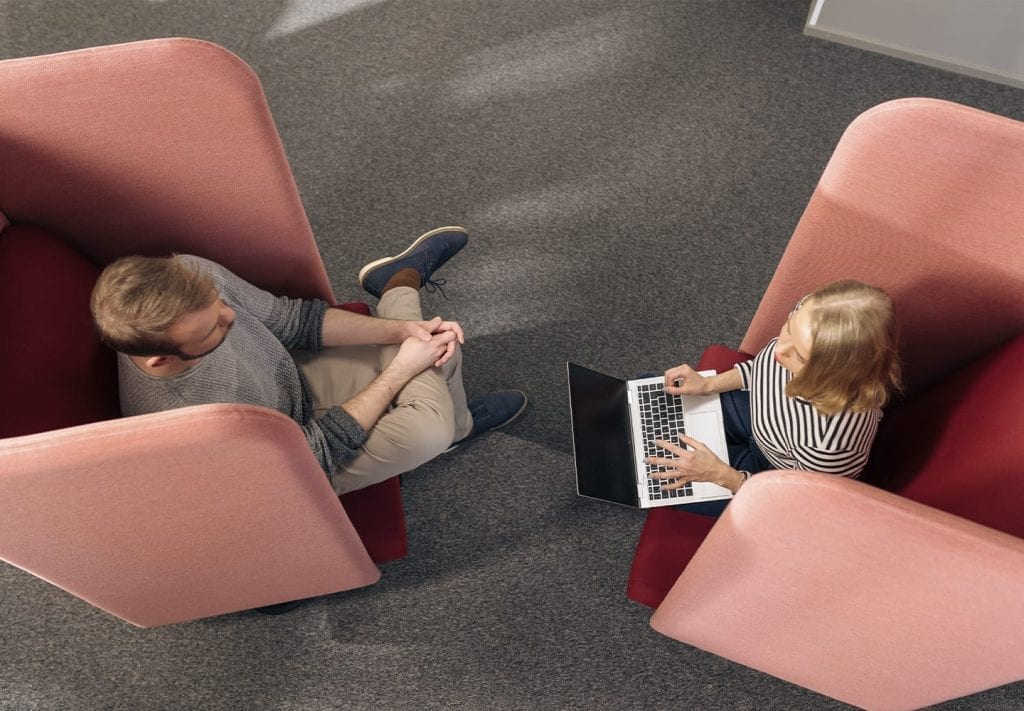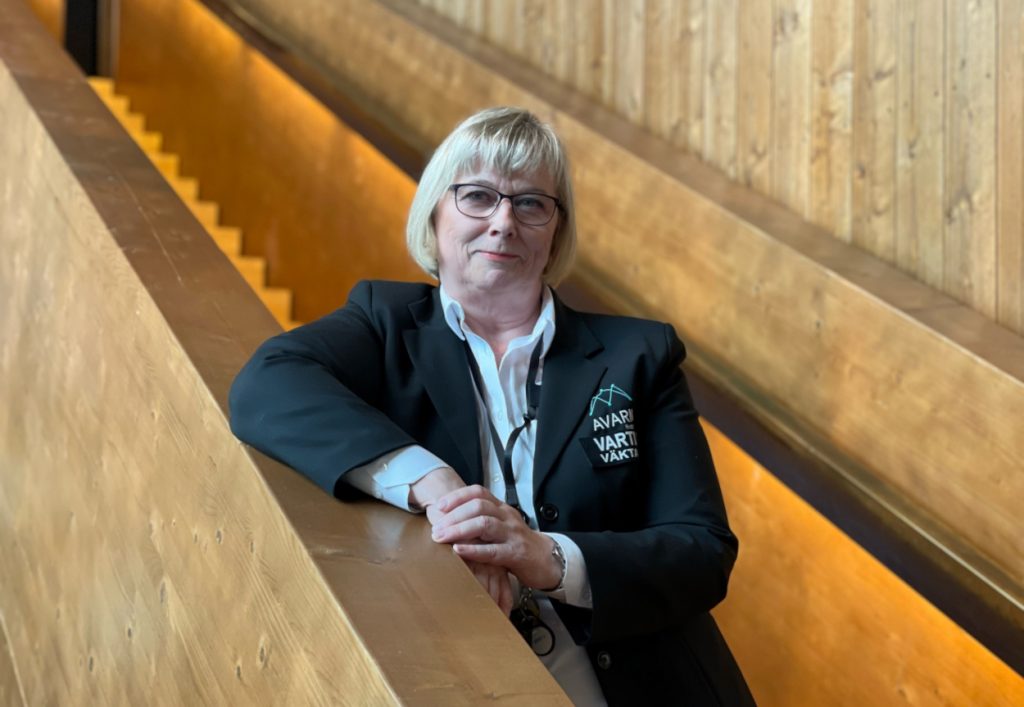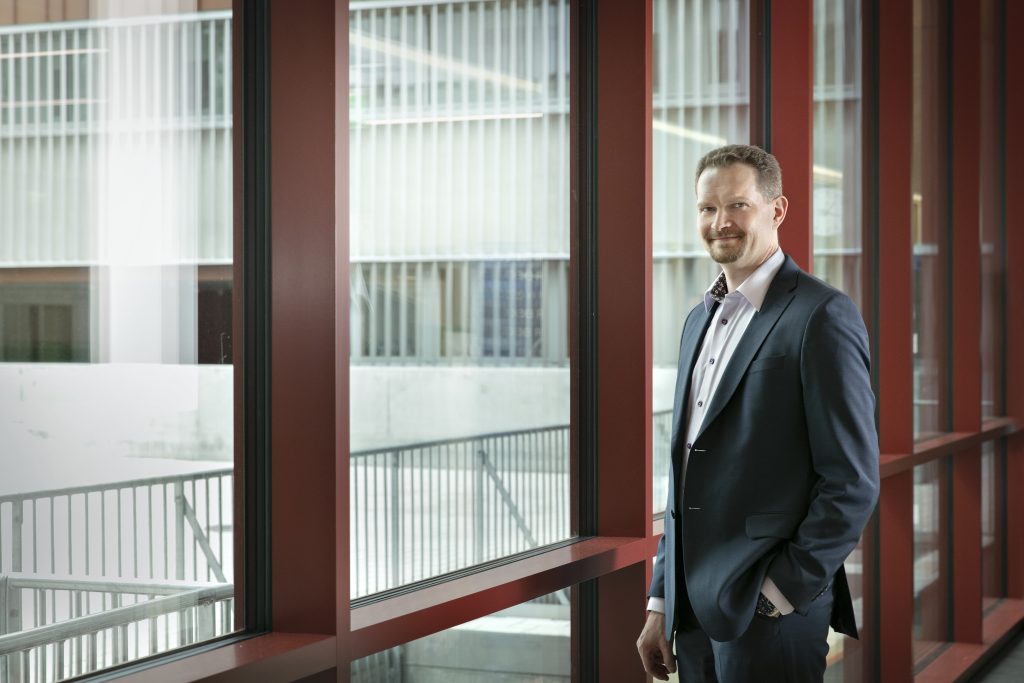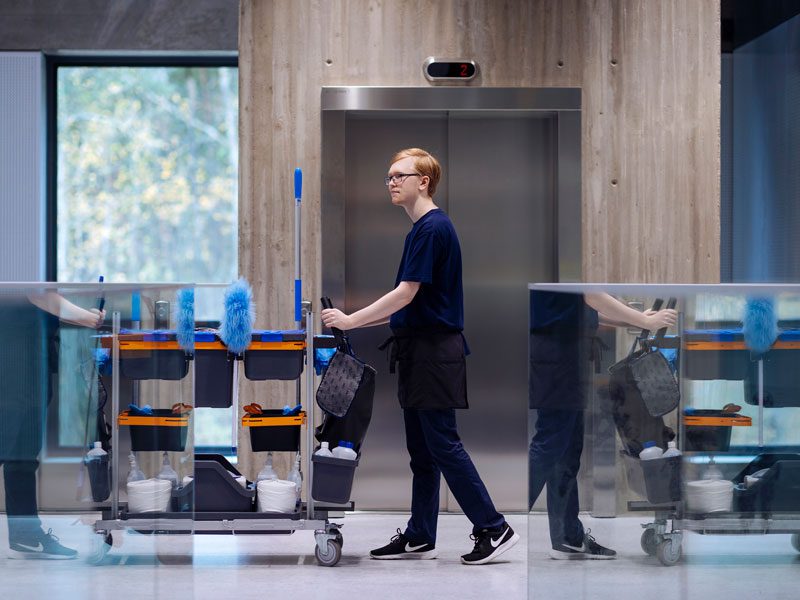1. What are co-working environments?
Co-working environments are spaces where employees of two or more different agencies share the same work, break and social facilities. Some agencies have their own home base for tasks that cannot be performed in shared spaces for security reasons, for example.
2. Who decides that agencies in different sectors are join forces to share the same facilities?
Change is often triggered when the facilities of one agency need repair. A discussion begins as to whether it would make the most sense to create a co-working environment with others. Planning is guided by the Government Premises Strategy. Senate Properties and the agencies work together to design a work environment that takes into account both the strategy and the core business needs of the agencies.
3. Why create shared workspaces?
Ways of working are rapidly changing. As digital devices, connectivity and skills have improved, work is no longer tied to one place, meaning it is becoming multi-location. The corona pandemic has accelerated the change. Many organisations have now learnt remote working skills and working from home is growing in popularity.
Costs also affect the evolvement of workspaces. When several agencies join forces, facilities can be implemented more cost-effectively, with better quality and greater versatility to serve all users.
Co-working environments significantly reduce the carbon footprint of office facilities and improve space efficiency.
4. How do the facilities work in the case of security-critical actors?
In the case of safety-critical actors, it is always necessary to consider separately which functions or work tasks can be performed in a co-working environment and which require their own separate home base space. Almost every agency has an area where it is possible to take advantage of the opportunities of a co-working environment, such as meeting rooms.
5. Is there a sector not suited to a co-working environment?
There is no sector that could not benefit from a co-working environment, at least in part. Shared needs are identified in joint discussions between all parties. Supported by Senate Properties in the transformation, an agency is always an expert in its own field.
When, for example, the Tax Administration and National Land Survey of Finland joined forces in Porvoo, the result was pleasant, shared spaces for both. Only the Tax Administration’s telephone service had to be assigned an agency-specific space.
6. How are co-working environments developed?
The starting point for the design is an activity-based environment: the space is shared, no-one has their own desk, and everyone chooses their workstation depending on their respective tasks at any given time. Once design begins, the peculiarities of each user and the need for a home base are determined. This outlines the preliminary space solution that the technical designers then work on. This work is always done in close cooperation with the user agencies.
7. What are the greatest concerns of employees regarding a co-working environment?
It’s difficult to give up your own office. Not everyone is familiar with an activity-based environment. The work community grows within its own agency to the side of other agencies. There are new people and new ways in the same facilities. These are the points first considered.
Senate Properties supports the agency management and other personnel in the transformation and in addressing concerns. For example, the personnel are involved in the design of the interior and create the rules of play, which will be used for the new shared space.
People often ask how security issues have been addressed. Actually, the situation doesn’t change in any way. If an employee handles confidential information, another person is not entitled to access that information. This applies to both an employee’s own and neighbouring agency employees.
In a co-working environment, digital data processing helps to keep information confidential. The workstation is selected according to the information to be processed. Where necessary, a privacy filter is used on external screens.
Personal responsibility is highlighted in a co-working environment. Everyone makes sure that they process the information themselves in the right way and also that they do not intentionally try to see another person’s confidential information.
Read also:
Tax Administration and National Land Survey of Finland move into shared facilities in Porvoo – “First it hurt, now we’re one work community”
The next big climate step will be taken in co-working spaces
What is an activity-based environment? This is what it’s all about










